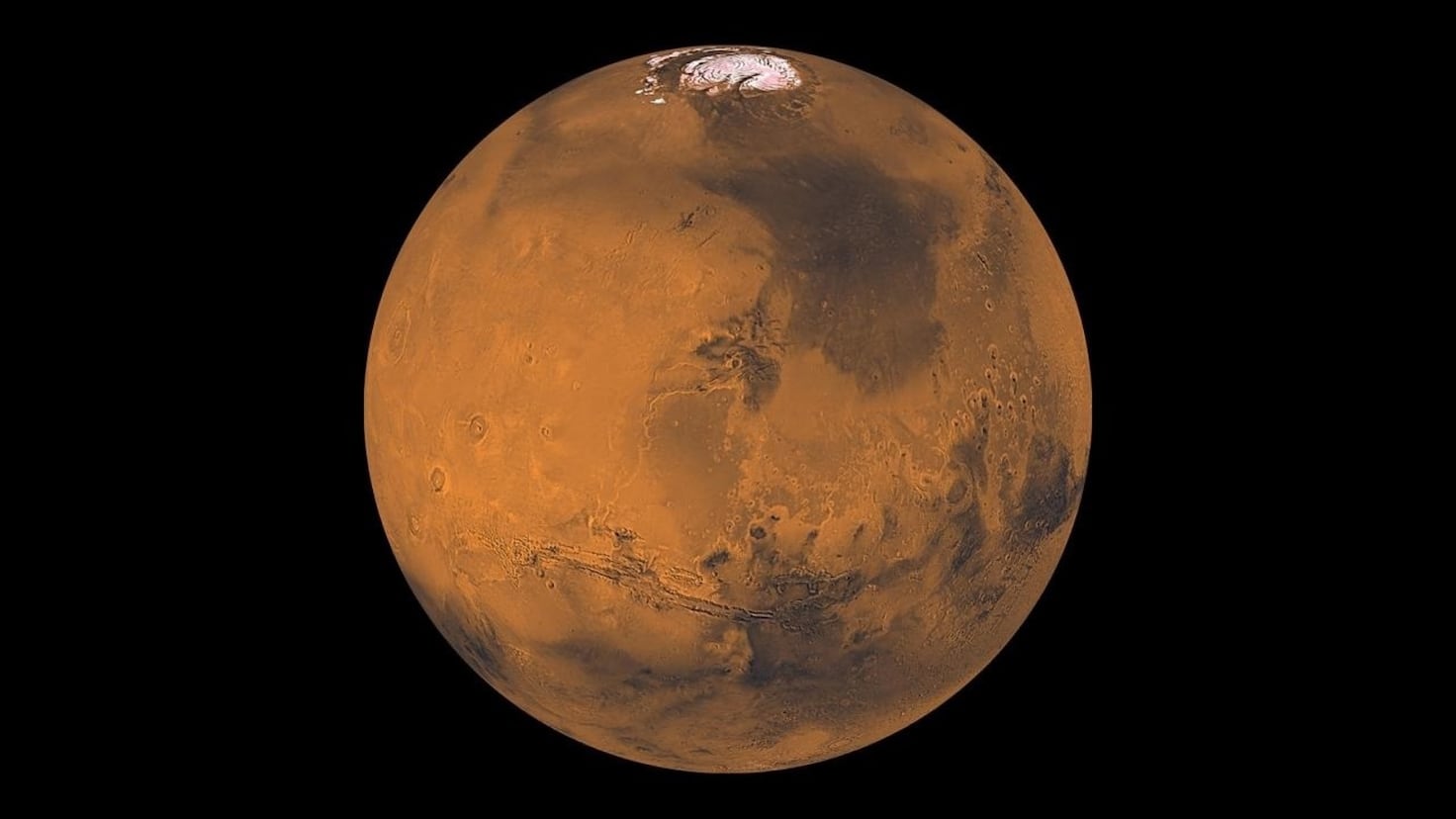The question of whether there is life elsewhere in the universe, similar to our own, remains a mystery that has aroused great curiosity in many people. But, What if I told you that there have been traces of possible microscopic life found in the past?It may seem unimaginable, but it’s true.
And NASA scientists have just announced the discovery of signs in a Martian rock that could indicate the presence of life on Mars billions of years ago. They were found on a rock called Cataratas de Cheyavain the Jezero crater, where a wide variety of organic compounds have already been found.
In a statement about the intriguing rock, NASA explained that it exhibits chemical signatures and structures that could possibly have been formed by life billions of years ago, when the area explored still contained running water. They also said that other explanations are being considered and that future research steps will be needed to determine if the ancient life hypothesis is valid.
Perseverance
The robot vehicle was in charge of carrying out the analysis of these suspicious stains. Perseverancewhich indicates that they fit the definition of a possible indicator of ancient life. The work carried out by this instrument indicates that the rock contains compounds considered to be the basic components of life, although NASA also warns of the possibility that these molecules could have been formed through non-biological processes.
Cheyava Falls is the most puzzling, complex and potentially important rock investigated so far by Perseverancesaid Ken Farleya scientist on Caltech’s Perseverance project, in charge of this robot geologist who has been investigating Martian rocks since 2021. He also explains that, on the one hand, they have a first convincing detection of organic material and clear evidence that water, which is necessary for life, once passed through the rock: But on the other hand, he also warns of the numerous unknowns that prevent us from concluding with certainty that these are evidence of Martian life.
Enlarge
Should we bring the rock to the earth?
This great discovery reopens the debate on the need to bring those samples from Mars to our planet to study them in depth, a plan that NASA has had to reconsider due to its high cost.
Scientifically, Perseverance can only do so much more. To fully understand what really happened in the Martian river valley of Jezero Crater billions of years ago We would like to bring the Cheyava Falls sample back to Earth, to be able to study it with the powerful instruments available in our laboratories, Farley pointed out.
Astrobiologist Ester Lázaro argues that it is essential that these samples reach Earth in order to study them with better instruments. It is true that there are signs that make it interesting, such as the passage of water through the area, organic compounds and the existence of chemical reactions compatible with microorganisms producing energy. But organic compounds are not always composed of life.
And for many scientists specialized in the subject, they have described the rock as very attractive for a thorough analysis, This is a very important step in trying to find out if there was ever life on the red planet.
Follow the Diario AS channel on WhatsAppwhere you will find all things sport in one place: the latest news, the agenda with the latest news on the most important sporting events, the most notable images, the opinions of the best AS journalists, reports, videos, and a bit of humour from time to time.

